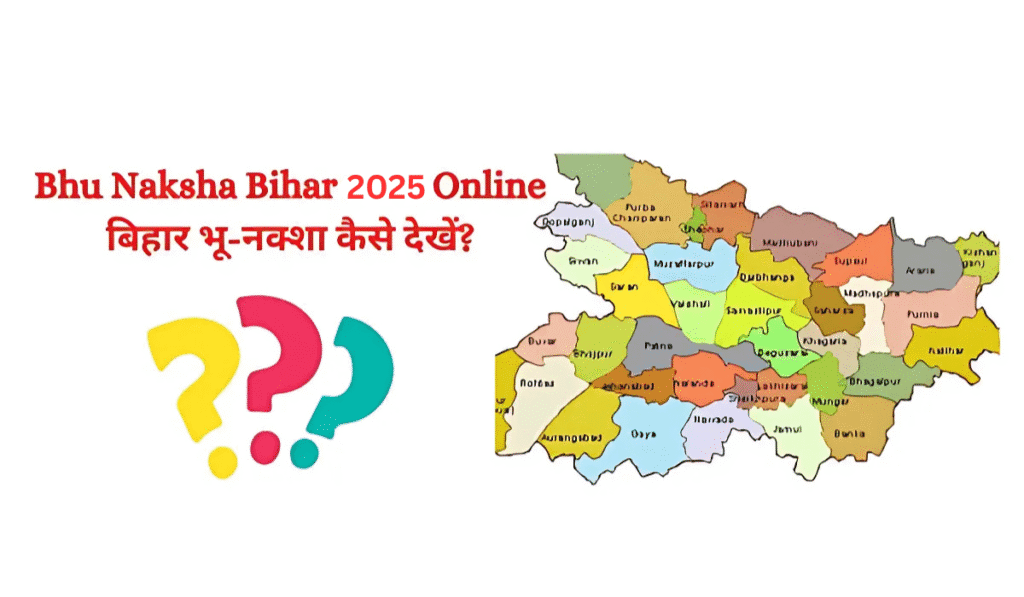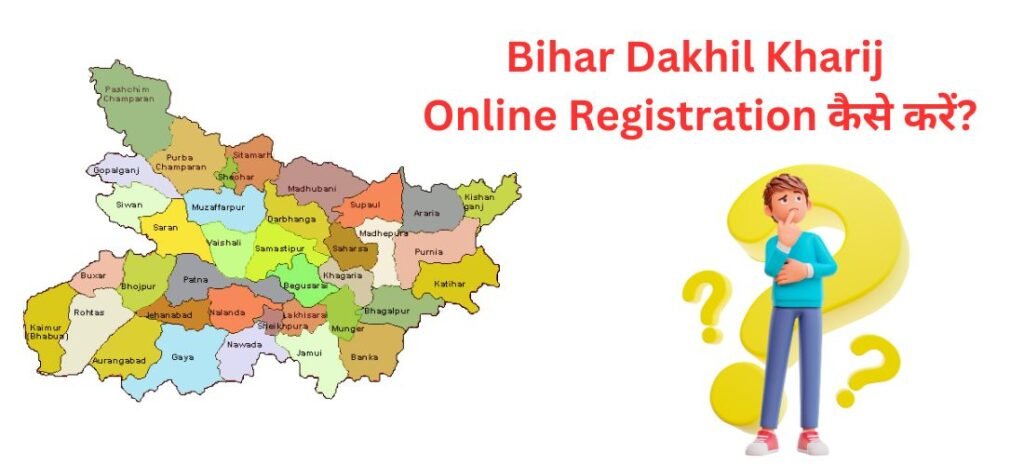For years, the influencer playbook had one rule: sell. Every post, a new “must-have” product. Every video, a new discount code. But audiences got tired. They got smart. And now, the creator economy is having its rebellion.
The Authenticity Crisis: Why ‘Buy This’ Stopped Working
The golden age of unquestioned influence is over. Audiences have become cynical, and for good reason. They’ve seen too many of their favorite creators promote a new “holy grail” skincare product every single week. They’ve watched endless videos praising cheaply made fast-fashion items. The trust eroded. The endless stream of sponsored content started to feel less like a genuine recommendation and more like a never-ending barrage of commercials from people they thought were their friends. This created an authenticity vacuum. Viewers were drowning in a sea of over-consumption, feeling pressured to keep up with viral trends that emptied their wallets. They were hungry for something real. Something honest. And the smartest creators saw this hunger and decided to feed it.
De-Influencing as a Trust Signal: The Power of ‘No’
In a world saturated with “yes,” a simple “no” has become a superpower. De-influencing is the act of a creator telling their audience not to buy a popular, overhyped product. It’s a powerful statement. It signals that the creator’s loyalty lies with their audience, not with potential brand deals. This act of honest gatekeeping builds immense social capital. It makes the influencer’s future “yes” more powerful. When they finally do recommend something, their audience listens. This principle applies across all niches. An influencer might tell you to avoid a certain overhyped skincare product, or they might critique the user interface of the new desiplay betting app, for instance. The specific product doesn’t matter. The act of providing a critical, honest review, even a negative one, is what builds the long-term trust that brands can no longer simply buy. It proves the creator serves the audience, not the advertiser.
The Dupe Economy: ‘Buy This Instead’
But let’s be clear. De-influencing is rarely about pure anti-consumerism. More often than not, it’s a clever pivot. The full message isn’t just “Don’t buy that.” It’s “Don’t buy that expensive, viral product… buy this cheaper, better alternative instead.” This has fueled the explosive growth of the “dupe” economy. A “dupe” (short for duplicate) is an affordable product that delivers similar or better results than a high-end one. A de-influencing video will often pair a critique of a luxury item with high praise for its budget-friendly dupe. This is a brilliant strategy. The creator still gets to be the hero who saves their audience money, but they can also monetize their content through affiliate links to the cheaper product. It allows them to maintain their newfound authenticity while still driving sales and earning a commission. It’s a win-win.
The Ripple Effect: How Brands Are Being Forced to Adapt
This trend is sending shockwaves through the marketing world. The days of a brand simply buying a positive review from a major influencer are numbered. A single viral TikTok video from a trusted creator explaining why a new $70 foundation is “not worth it” can completely derail a product launch. This is a massive power shift. It’s forcing brands to be better. They can no longer rely on a huge marketing budget and pretty packaging to sell a mediocre product. They now have to contend with an army of independent, trusted reviewers who will call them out in front of an audience of millions. The new reality is that your product has to be genuinely good. It has to be worth the money. Because if it’s not, the de-influencers will find out, and they will tell everyone.
Is It Just Another Trick? The Cynic’s View of De-Influencing
Of course, with any trend comes the question of its sincerity. Is de-influencing a genuine movement toward more mindful consumerism? Or is it just the next evolution of marketing? The cynical view is that it’s simply a more sophisticated tactic. A creator might build up trust by de-influencing a few products they were never going to get a brand deal with anyway, only to then cash in that trust with a big sponsorship for a different product down the line. It can be a calculated performance of authenticity, not genuine honesty. And as the trend becomes more popular, the term “de-influencing” is itself becoming a buzzword that can be used to drive views and clicks, even if the content is still ultimately designed to sell you something. The line between a helpful guide and a clever sales pitch remains as blurry as ever.
Conclusion: The Future of Influence is Honesty (or at Least the Appearance of It)
De-influencing is a direct response to a creator economy that had become bloated with inauthenticity and a culture of hyper-consumerism. It’s a sign that audiences are getting smarter, more discerning, and more demanding. They are craving honesty. Whether this trend is a lasting shift toward more mindful consumption or just a clever new marketing strategy, the underlying message to brands and creators is the same: trust is the new currency. In the creator economy of tomorrow, you won’t be able to buy influence. You will have to earn it, one honest, critical, and sometimes negative review at a time. And the power to decide what’s worth buying is, for now, back in the hands of the people.


